Understanding the final decision is business decision, what are the accuracy considerations between NOLOCK & READPAST running in SQL 2008 R2? I would like to have a better understanding before discussing changes with the business area.
I have inherited a number of queries, used to create data views for management reporting. ‘WITH (NOLOCK)’ is used liberally but inconsistently. The data being read is from the production server of a widely used application that is constantly being updated. We are migrating from a SQL 2005 server to a SQL 2008 R2 server. These reports want data fresher than the 24 hour old data on the archive server. The use of NOLOCK suggests a past decision; potential for conflict exists and it a bit of accuracy loss is acceptable. Data is used to populate dashboards for human awareness/decision making.
All the Queries are SELECT, with Read Only access for the data view login. The majority of the queries are single table with a few 2 and 3 table joins. Given the low level of joins WITH () seems a better choice than SET TRANSACTION ISOLATION LEVEL {}
Table Hints (Transact-SQL) http://msdn.microsoft.com/en-us/library/ms187373.aspx (as well as multiple questions on SO) says that NOLOCK and/or READUNCOMMITTED are likely to have duplicate read issues, in addition to missing locked records.
READPAST looks like the more accurate, as it will only miss locked records without a chance of duplicates. But I am not sure the level of missing locked records is consistent between it and NOLOCK.
There is good article by Tim Chapman comparing the two but it was written in 2007, most of the comments revolve around 2000 & 2005, with one comment indicating READPAST is problematic in 2008 R2
References
Effect of NOLOCK hint in SELECT statements
When should you use "with (nolock)"
Using NOLOCK and READPAST table hints in SQL Server (By Tim Chapman)
Edit:
Snapshot isolation is suggested in two answers below. Snapshot isolation is dependent setting of the DB, this Q/A https://serverfault.com/questions/117104/how-can-i-tell-if-snapshot-isolation-is-turned-on describes how to see what setting are in place on the database. I now know it is disabled, I am reading for reports from a major applications database. Changing the setting is not an option. +- a couple of percent accuracy is acceptable, application (OLTP) impact is not acceptable. Most simple queries do not need lock considerations but in some extreme cases, lock consideration is required. With the advent of Snapshot isolation for SQL 2005, little information is available on NOLOCK & READPAST behavior in SQL 2008 or higher. Yet they remain my only choices.
